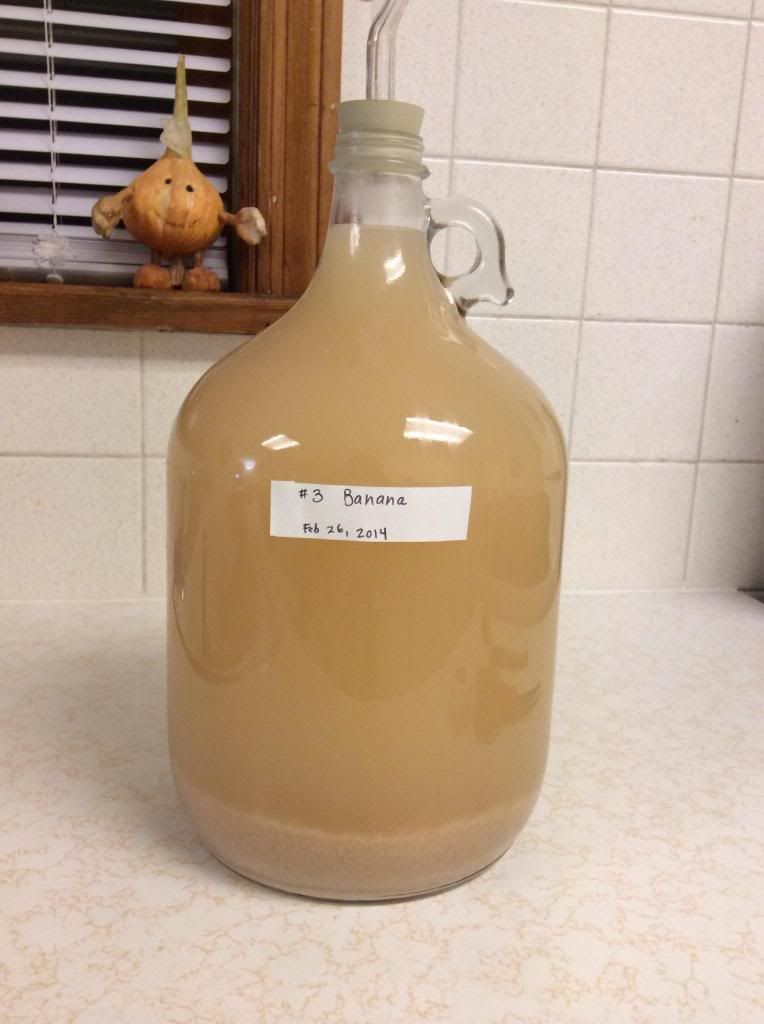So what do you guys think I should do now? I let this ferment for 6 days down to about 1.040. I transferred it into a 6 gallon better bottle, let it sit for 29 days, when I checked the gravity it was all the way down to 0.898!!
Today, which was day 32 in secondary, I just transferred it into a 5 gallon better bottle, all the way to the top pretty much. Do you think I should let it sit a couple more weeks, add some metabisulfate and sorbate, then bottle? Or do I also need to de-gas it?
Today, which was day 32 in secondary, I just transferred it into a 5 gallon better bottle, all the way to the top pretty much. Do you think I should let it sit a couple more weeks, add some metabisulfate and sorbate, then bottle? Or do I also need to de-gas it?




























![Craft A Brew - Safale S-04 Dry Yeast - Fermentis - English Ale Dry Yeast - For English and American Ales and Hard Apple Ciders - Ingredients for Home Brewing - Beer Making Supplies - [1 Pack]](https://m.media-amazon.com/images/I/41fVGNh6JfL._SL500_.jpg)


































